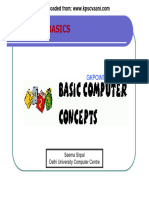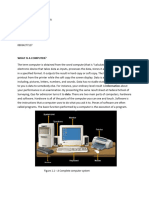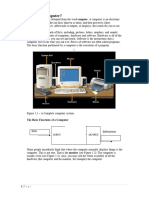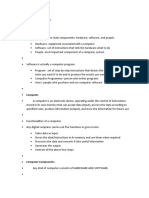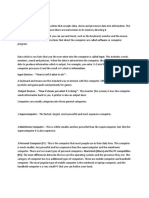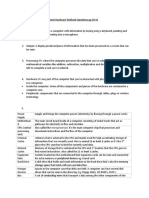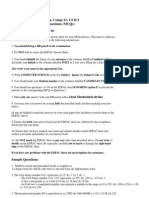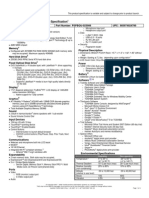0% found this document useful (0 votes)
45 views32 pagesCOS101 - Basic Concept in Computing
The document provides an overview of computing, defining a computer as an electronic device that processes data and includes hardware and software components. It details the major functions of computers, types of hardware and software, and various disciplines within computing such as artificial intelligence, cybersecurity, and cloud computing. Additionally, it highlights the importance of computer networks and the roles of IT professionals in various sectors.
Uploaded by
okoriesamuel141Copyright
© © All Rights Reserved
We take content rights seriously. If you suspect this is your content, claim it here.
Available Formats
Download as PPTX, PDF, TXT or read online on Scribd
0% found this document useful (0 votes)
45 views32 pagesCOS101 - Basic Concept in Computing
The document provides an overview of computing, defining a computer as an electronic device that processes data and includes hardware and software components. It details the major functions of computers, types of hardware and software, and various disciplines within computing such as artificial intelligence, cybersecurity, and cloud computing. Additionally, it highlights the importance of computer networks and the roles of IT professionals in various sectors.
Uploaded by
okoriesamuel141Copyright
© © All Rights Reserved
We take content rights seriously. If you suspect this is your content, claim it here.
Available Formats
Download as PPTX, PDF, TXT or read online on Scribd
/ 32










